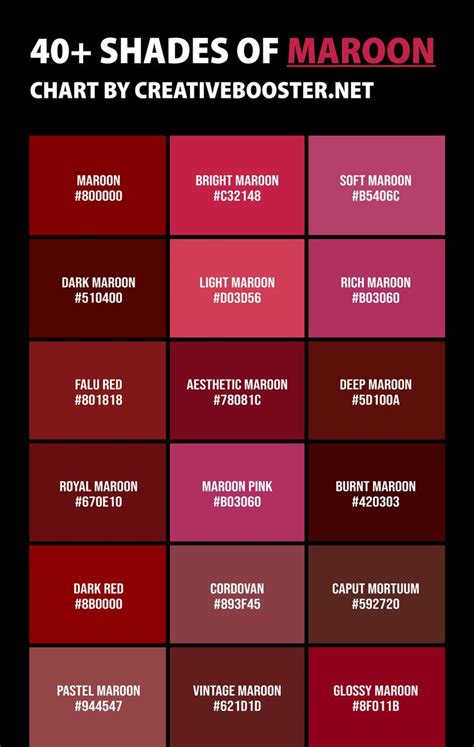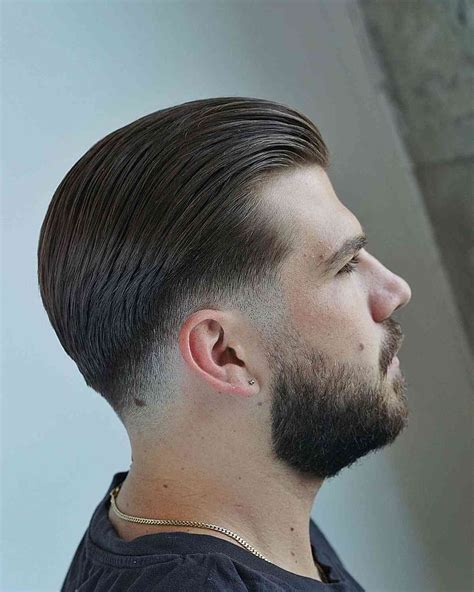Introduction
The slicked-back hairstyle has been a timeless classic for men, exuding sophistication, confidence, and a touch of rock ‘n’ roll. From Hollywood heartthrobs to street-style icons, this versatile style has graced the heads of countless style-conscious individuals. This comprehensive guide will delve into the world of slicked-back hairstyles for men, uncovering its history, evolution, and diverse variations.

Historical Origins
The origins of the slicked-back hairstyle can be traced back to the early 1900s, when pomade and other hairdressing products became widely available. The “greaser” style, popular among working-class Americans, featured a heavily slicked-back top with long sideburns, capturing the rebellious spirit of the era.
Evolution of the Slicked-Back Style
Over the decades, the slicked-back hairstyle has undergone numerous transformations, adapting to changing fashion trends and cultural influences. In the 1950s, the “ducktail” variation emerged, characterized by a more exaggerated pompadour at the front and shorter sides. The 1960s and 1970s witnessed a surge in popularity of the “mod” style, which featured a sleek, tapered slick-back with short, blunt bangs.
Modern Variations of the Slicked-Back Hairstyle
In recent years, the slicked-back hairstyle has made a strong comeback, with numerous modern variations catering to diverse tastes and preferences. Here are some of the most popular variations:
- Classic Slick-Back: A timeless style that features a neatly combed, even slick-back from the forehead to the nape of the neck.
- Pompadour-Slick-Back: A fusion of the classic pompadour and slick-back styles, resulting in a voluminous front section that tapers down towards the back.
- Undercut-Slick-Back: A contemporary variation that combines a slicked-back top with shaved or faded sides and nape.
- Textured-Slick-Back: A more relaxed and textured approach to the slick-back, featuring messy, separated strands that add a touch of edginess.
Pain Points and Motivations
Understanding the motivations and pain points associated with slicked-back hairstyles can help stylists and clients achieve optimal results. Common pain points include:
- Time and effort: Slicked-back hairstyles often require a significant amount of time and effort to style, especially for those with thick or curly hair.
- Damage to hair: Excessive use of styling products and heat tools can damage hair, leading to dryness, breakage, and split ends.
- Suitability: Slicked-back hairstyles may not be suitable for all face shapes and hair types.
Conversely, the motivations for opting for a slicked-back hairstyle include:
- Sophisticated and stylish: Slicked-back hairstyles are often perceived as sophisticated and stylish, enhancing personal image and confidence.
- Versatility: Slicked-back hairstyles can be adapted to a wide range of occasions, from formal events to casual outings.
- Definition: Slicked-back hairstyles can help to define facial features, highlighting the jawline and cheekbones.
Why It Matters and How It Benefits
A carefully styled slick-back hairstyle can offer numerous benefits, both aesthetically and practically:
- Enhances facial features: Slicked-back hairstyles draw attention to the face, accentuating the jawline, cheekbones, and eyes.
- Boosts confidence: A well-styled slick-back hairstyle can boost self-confidence and improve overall mood.
- Versatile and adaptable: Slicked-back hairstyles can be tailored to suit different face shapes and hair types, offering endless possibilities for personalization.
- Protects hair from damage: Slicked-back hairstyles can help to protect hair from environmental damage by creating a barrier against the elements.
Tips and Tricks for Achieving a Perfect Slick-Back Hairstyle
Mastering the art of slicking back hair requires attention to detail, proper technique, and the right products. Here are some essential tips and tricks:
- Prepare your hair: Wash your hair with a clarifying shampoo to remove any dirt or buildup. Towel-dry your hair until it is slightly damp.
- Choose the right product: Use a heavy-duty pomade or gel specifically designed for slicking back hair. Avoid using too much product, as this can weigh hair down.
- Apply the product: Work the product through damp hair, starting from the roots and combing towards the back of your head. Use a fine-toothed comb to ensure even distribution.
- Control the texture: For a classic slick-back, use a firm hold product and brush your hair back with a brush. For a more textured look, use a lighter hold product and rake your fingers through your hair to create separation.
- Set your style: Once your desired slick-back is achieved, set your style with hairspray. Use a light mist of hairspray from a distance to avoid weighing hair down.
Table 1: Advantages and Disadvantages of Slicked-Back Hairstyles
| Advantages | Disadvantages |
|---|---|
| Sophisticated and stylish | Can be time-consuming to style |
| Versatile and adaptable | Can damage hair if styled excessively |
| Protects hair from damage | May not be suitable for all face shapes and hair types |
| Boosts confidence | Requires regular maintenance to keep it looking its best |
Table 2: Popular Slicked-Back Hairstyle Variations
| Variation | Characteristics | Suitability |
|---|---|---|
| Classic Slick-Back | Even, neat slick-back from forehead to nape of neck | Oval or diamond-shaped faces, straight or slightly wavy hair |
| Pompadour-Slick-Back | Voluminous front section that tapers down towards the back | Round or square-shaped faces, thick hair |
| Undercut-Slick-Back | Slicked-back top with shaved or faded sides and nape | Oval or oblong-shaped faces, all hair types |
| Textured-Slick-Back | Messy, separated strands that add a touch of edginess | All face shapes and hair types |
Table 3: Recommended Products for Slicked-Back Hairstyles
| Product | Brand | Type |
|---|---|---|
| Pomade | American Crew | Heavy-duty hold |
| Gel | Bed Head | Firm hold |
| Hairspray | Kenra | Light mist |
| Brush | Denman | Fine-toothed |
| Comb | Hercules Sagemann | Acetate |
Table 4: Tips for Maintaining Slicked-Back Hairstyles
| Tip | Benefits |
|---|---|
| Wash your hair regularly | Prevents buildup and keeps hair looking its best |
| Condition your hair | Nourishes and strengthens hair, reducing damage |
| Use heat protectant | Protects hair from damage caused by heat styling tools |
| Trim your hair regularly | Prevents split ends and keeps your slick-back looking clean and polished |
| Get professional styling | Ensures your slick-back is styled to perfection and tailored to your face shape and hair type |
Conclusion
The slicked-back hairstyle has stood the test of time as a timeless and versatile style for men. From its humble beginnings in the early 1900s to its modern-day variations, the slicked-back style continues to exude sophistication, confidence, and a touch of rock ‘n’ roll. By understanding the history, evolution, variations, and styling techniques of the slicked-back hairstyle, you can embrace this iconic style and elevate your personal image.
